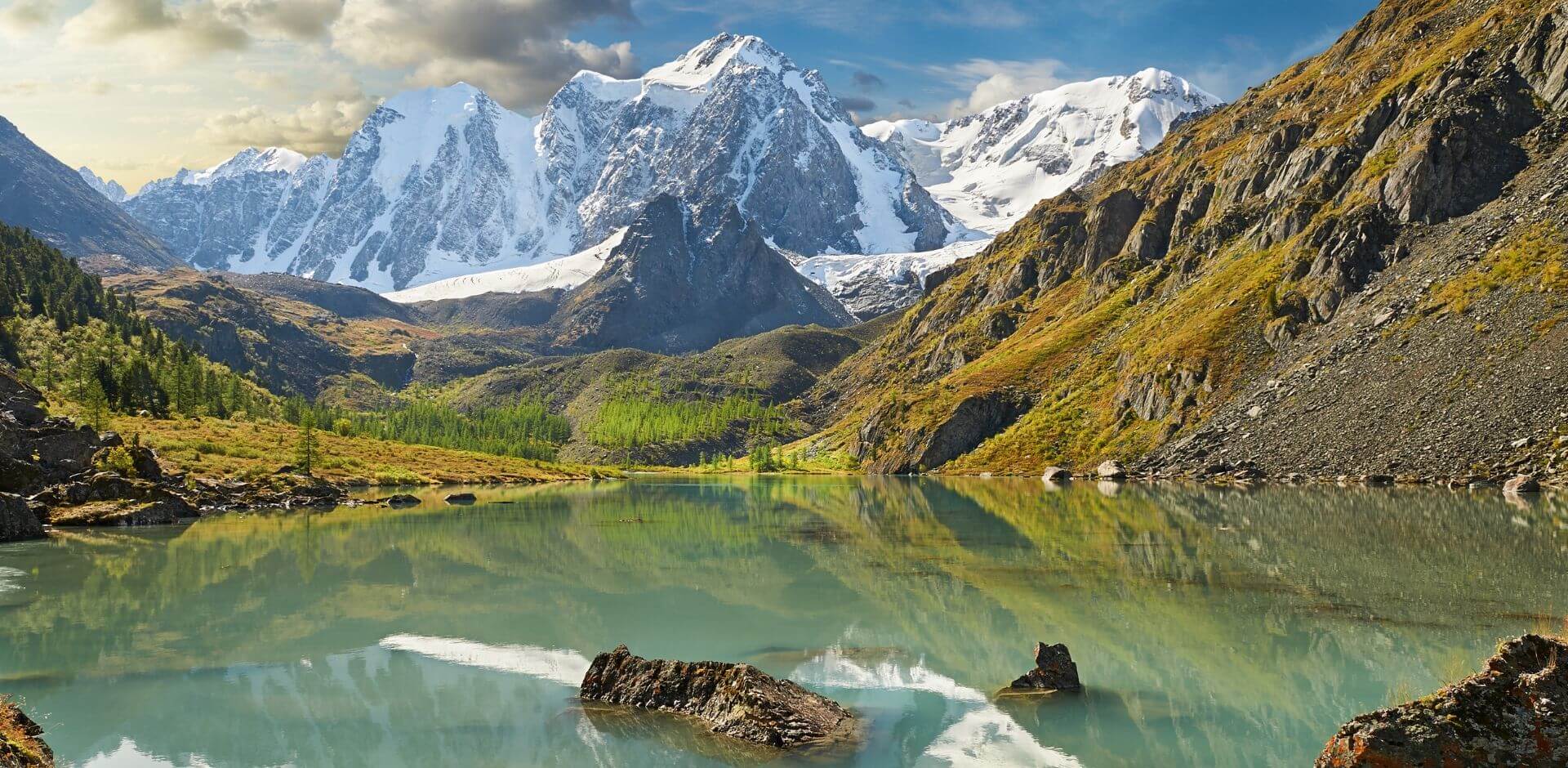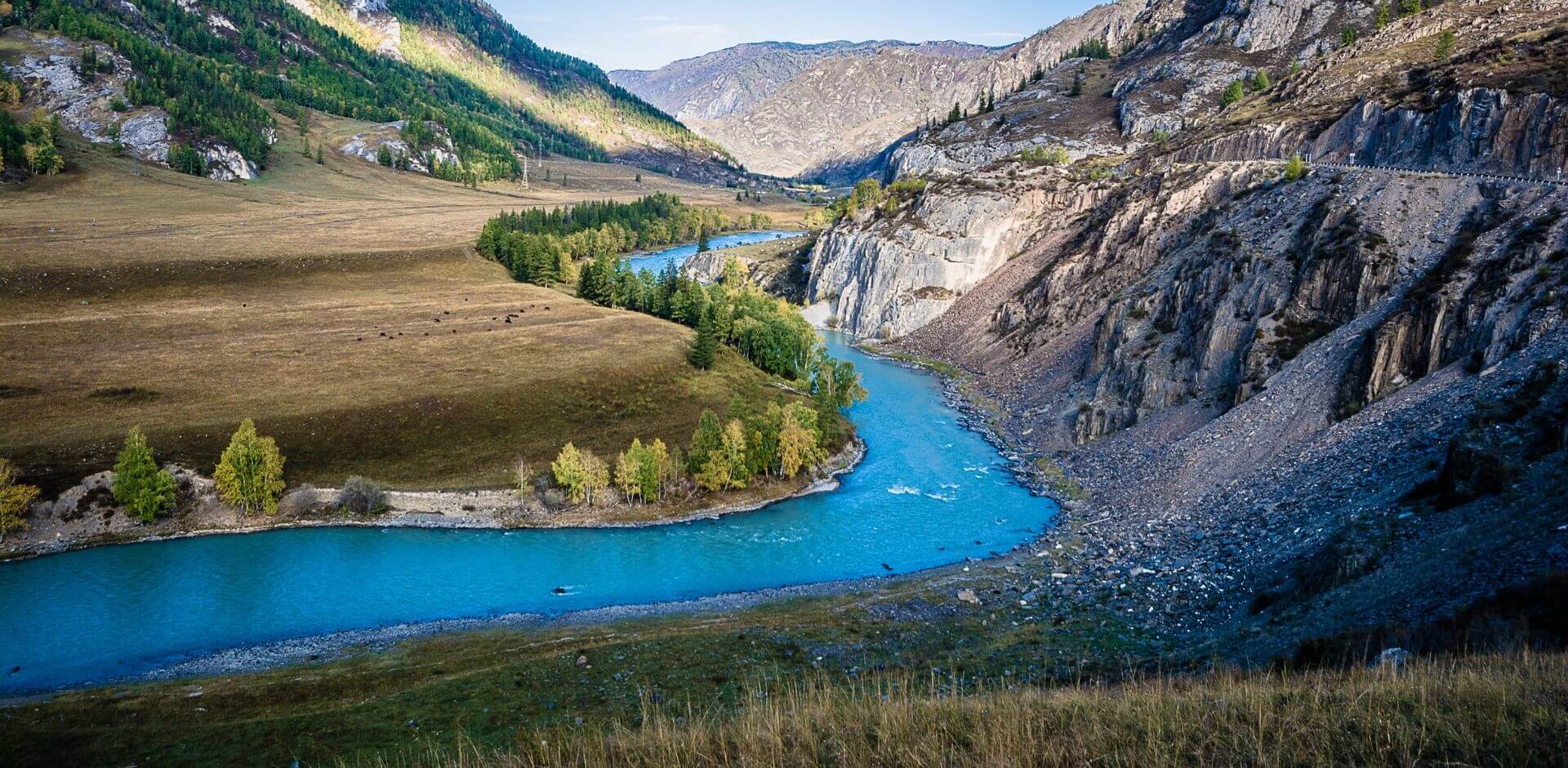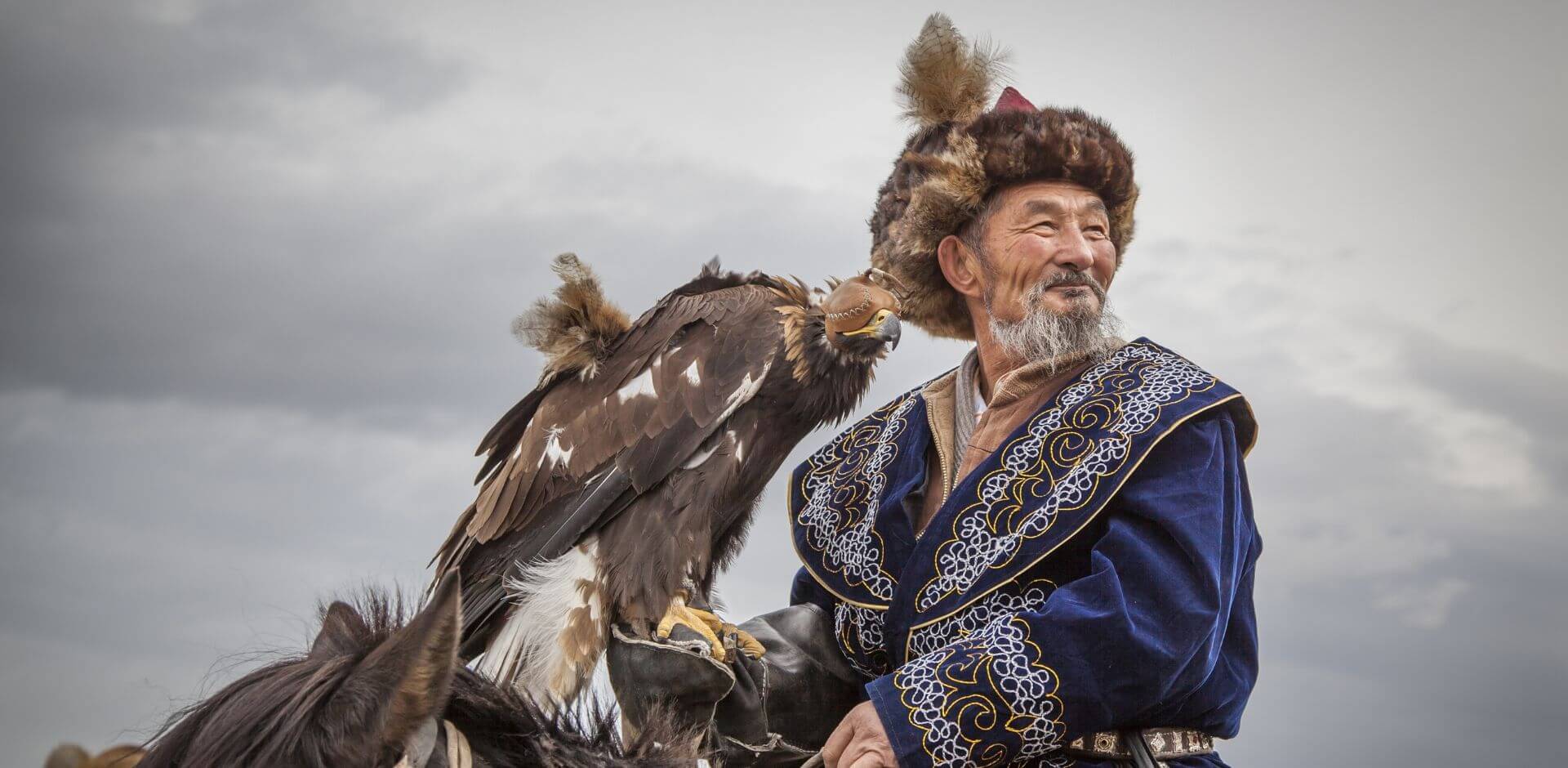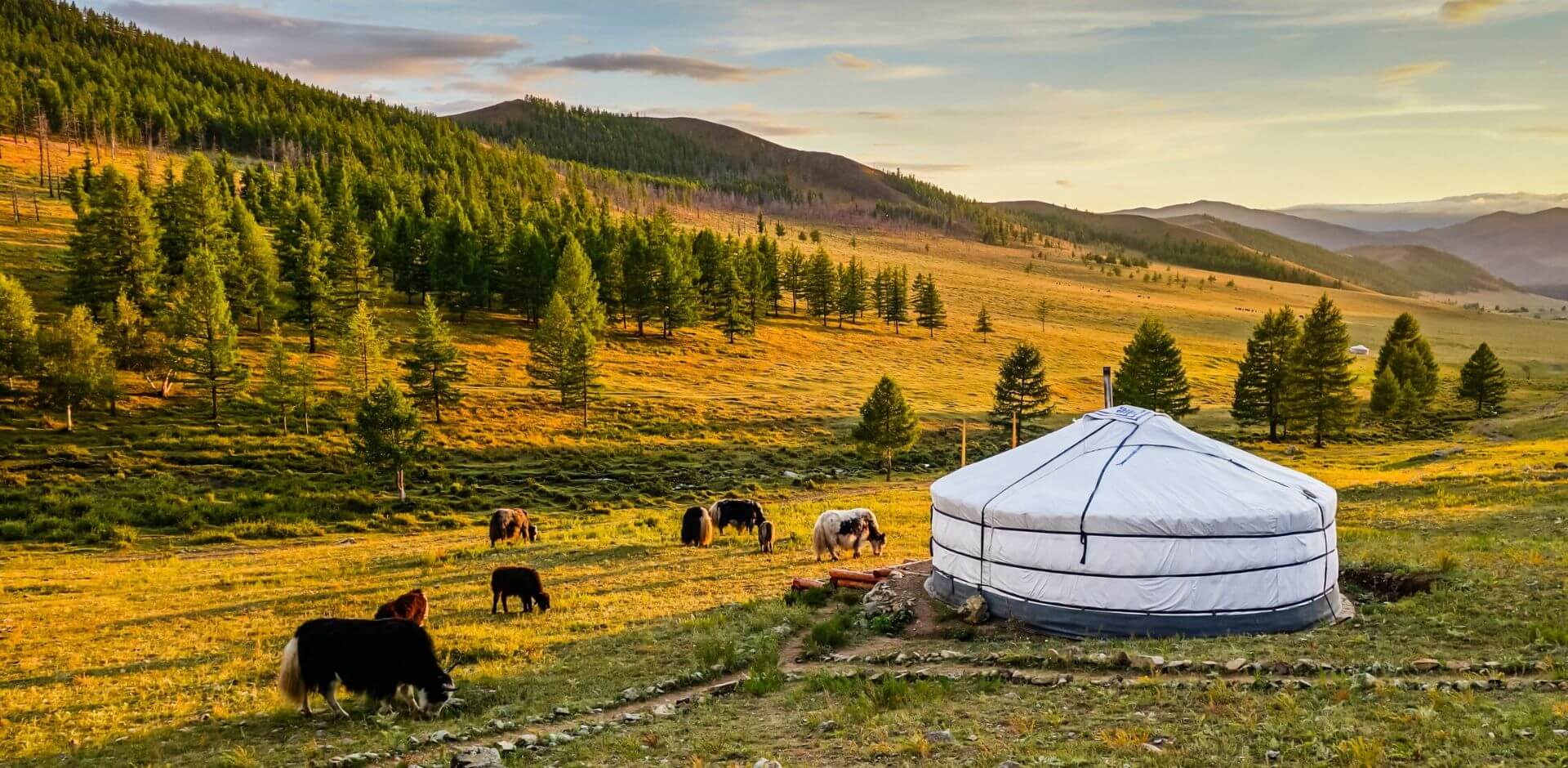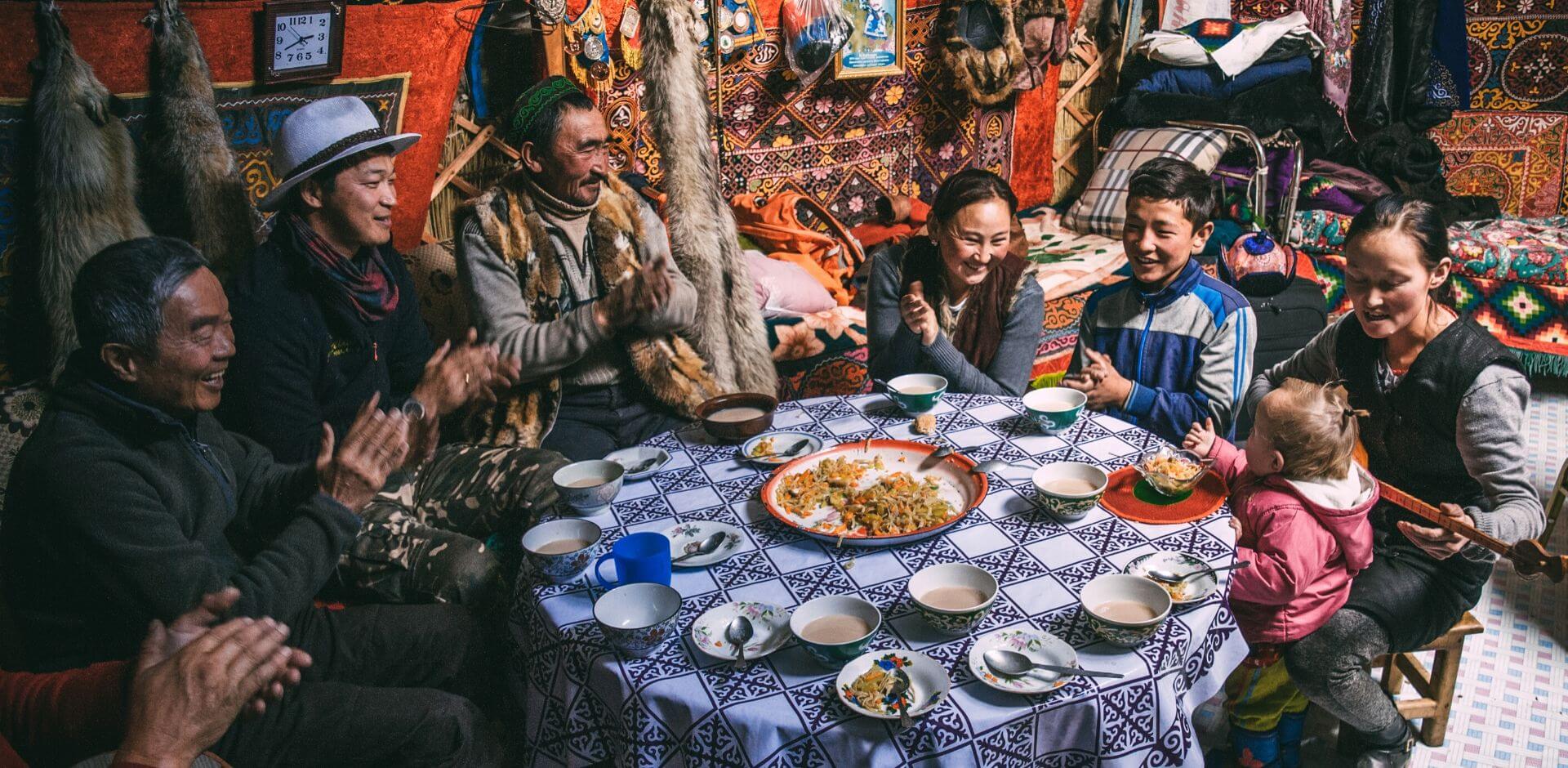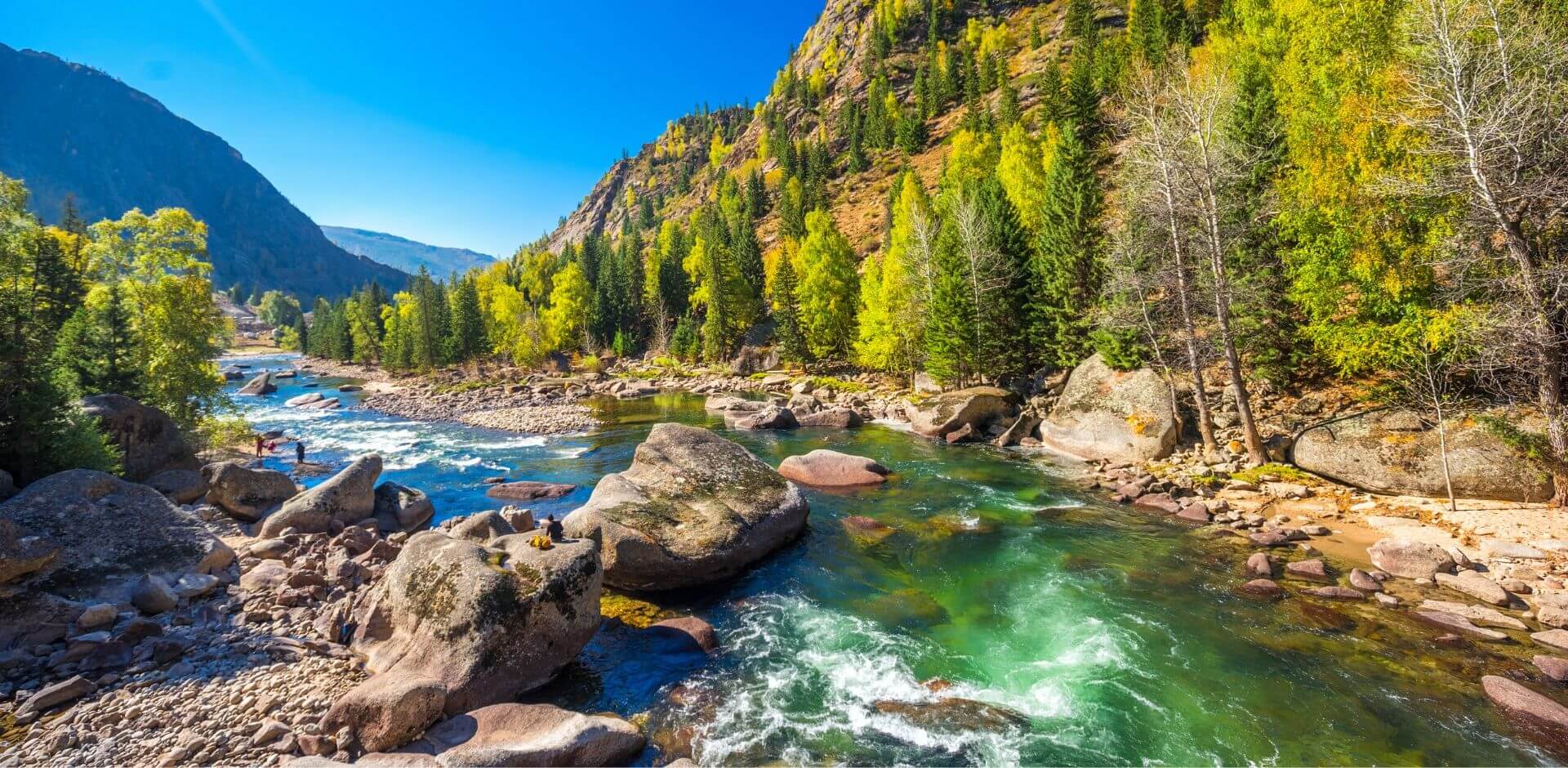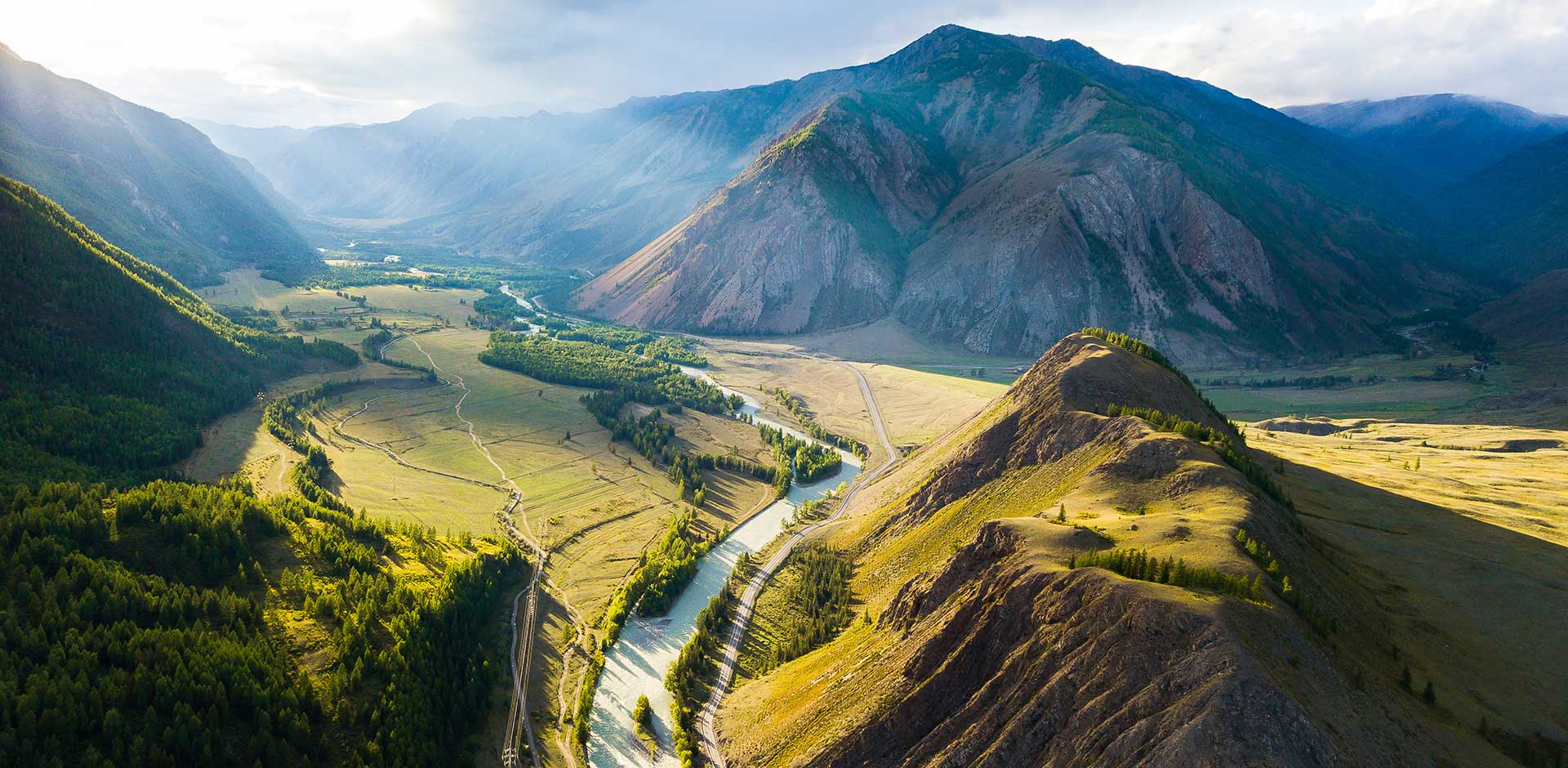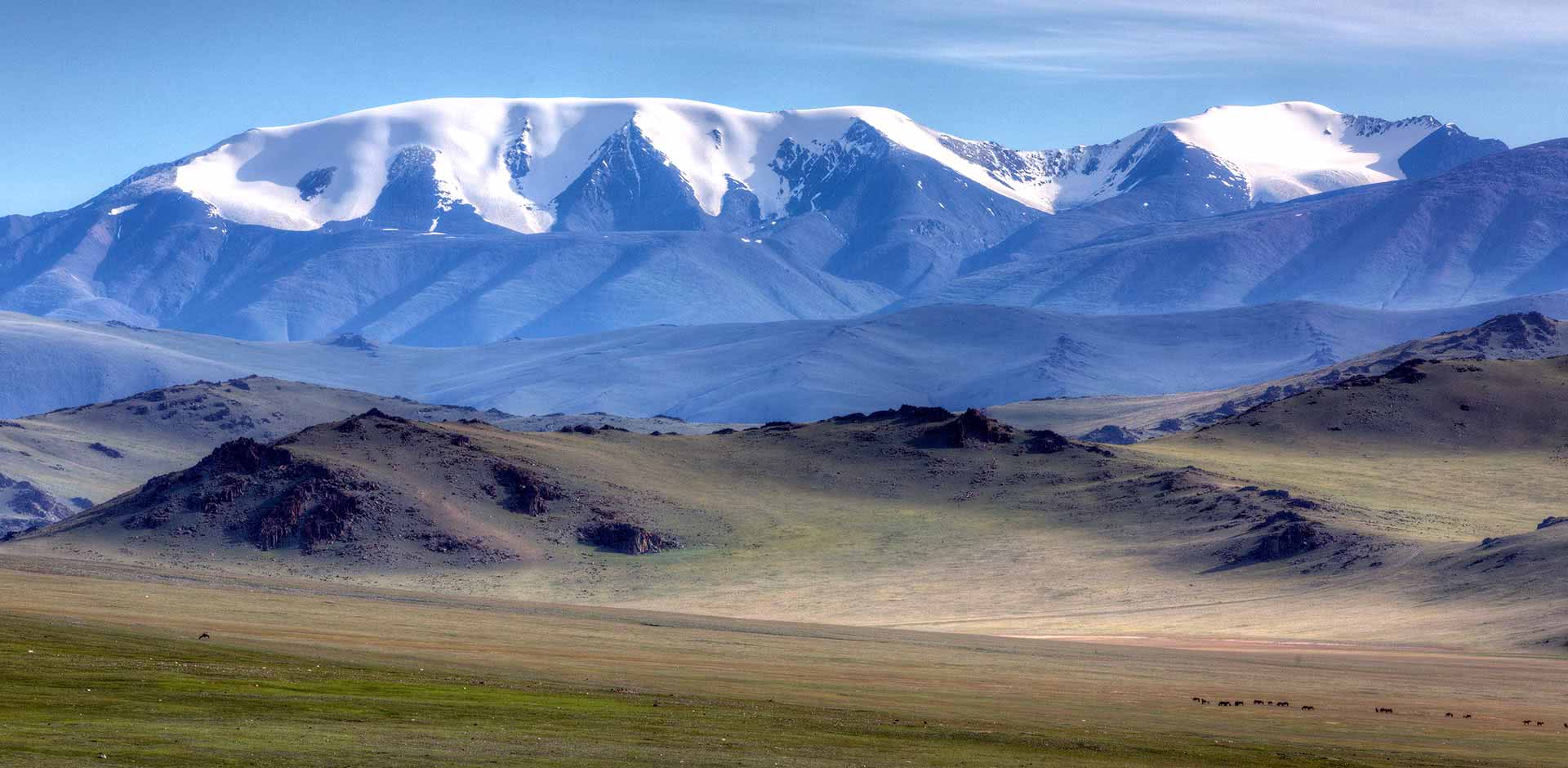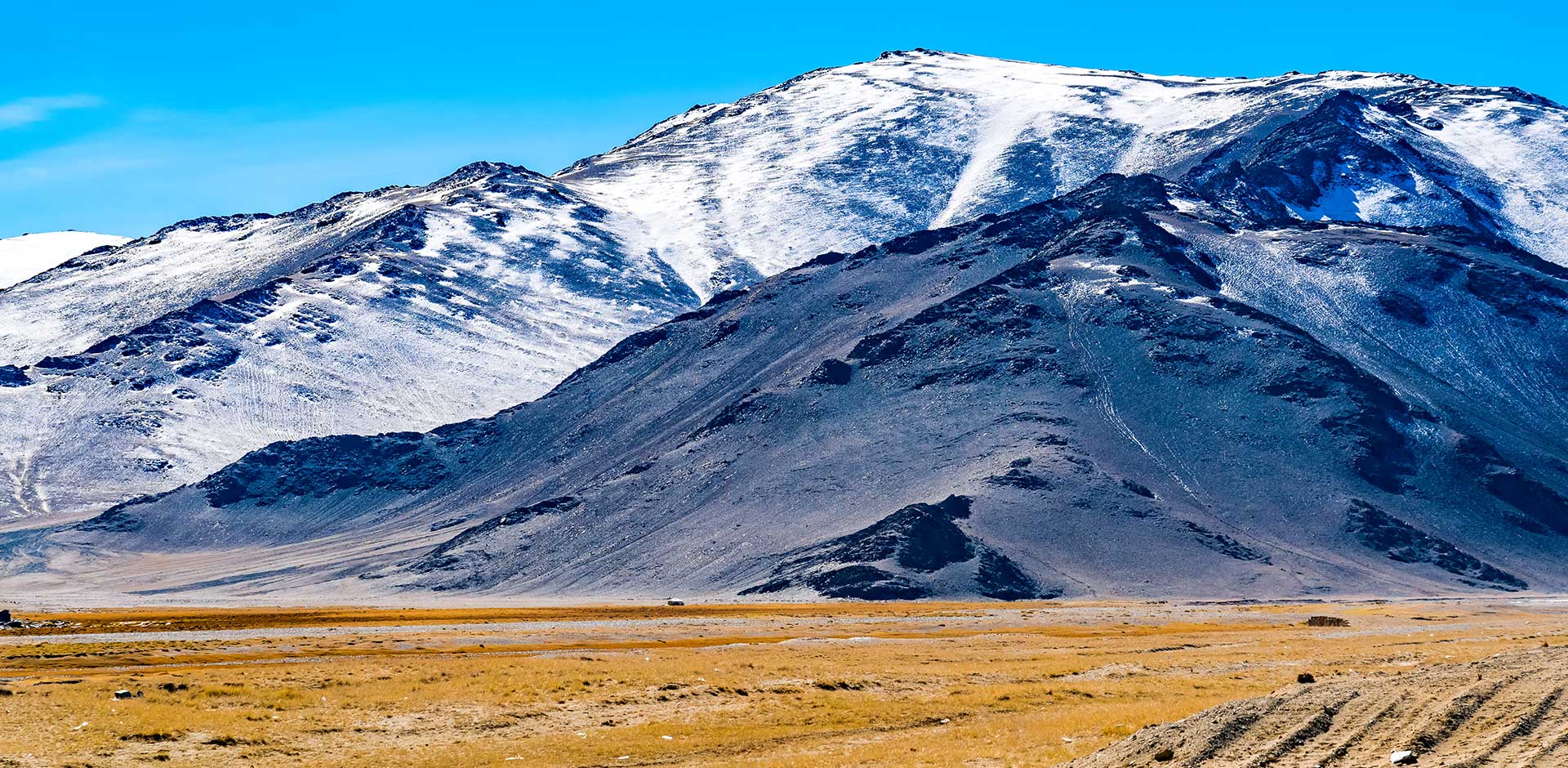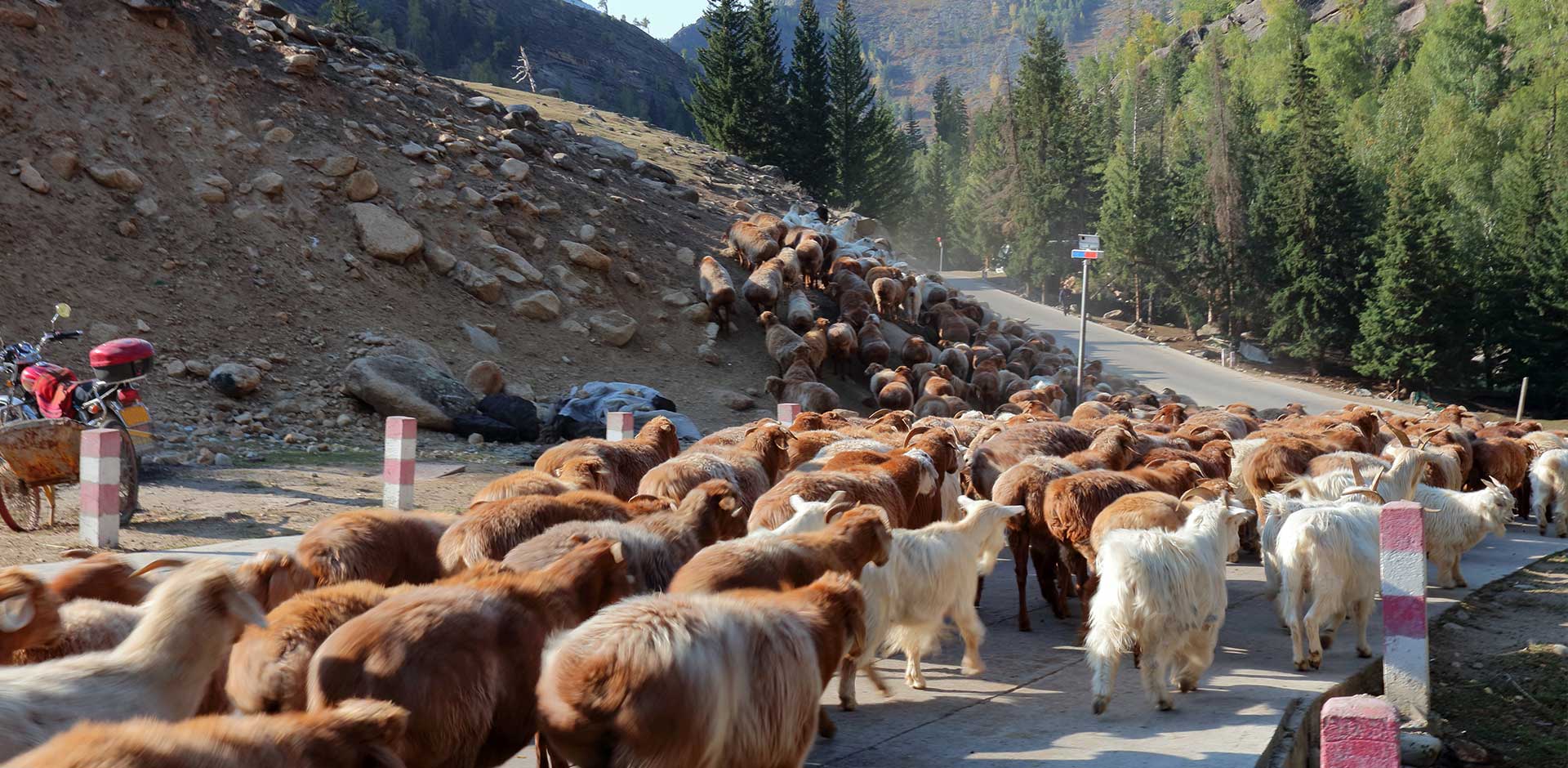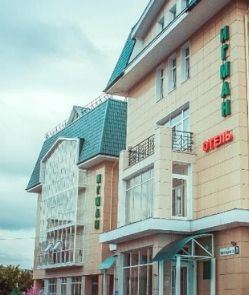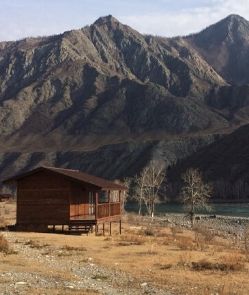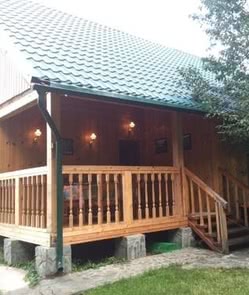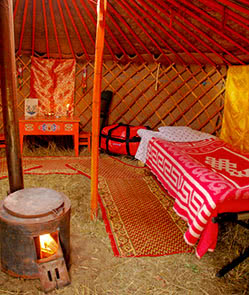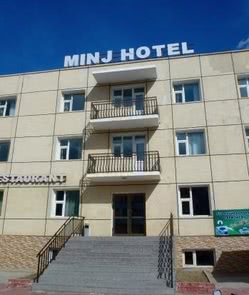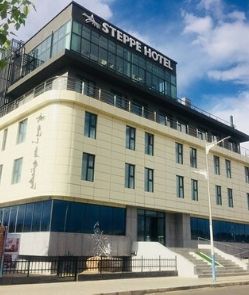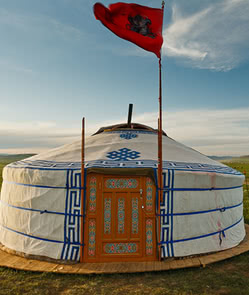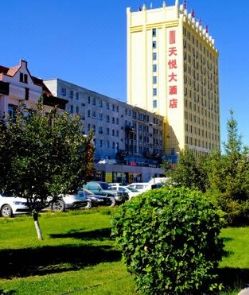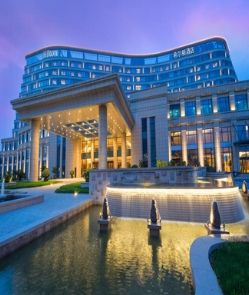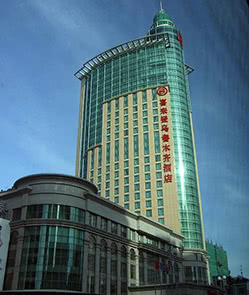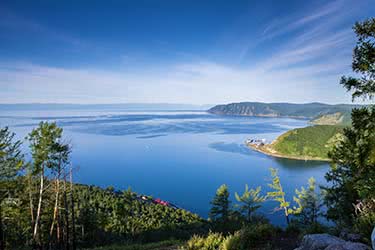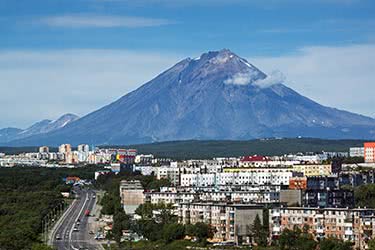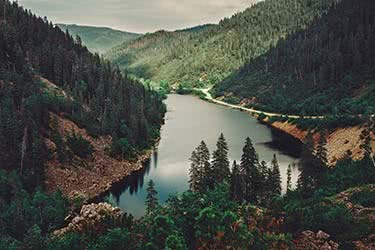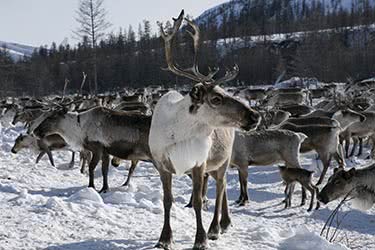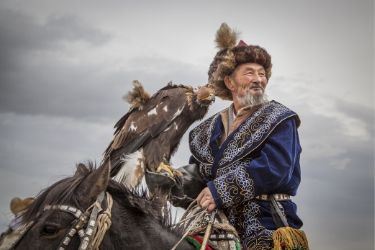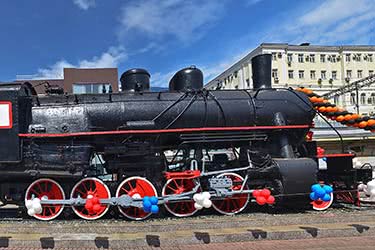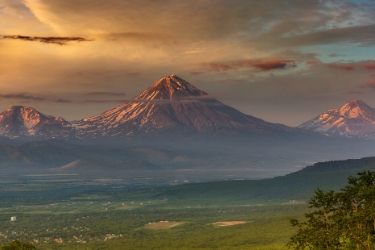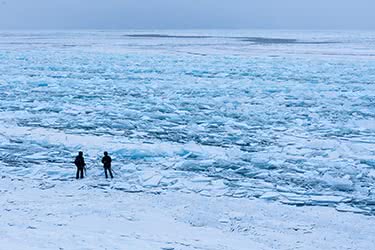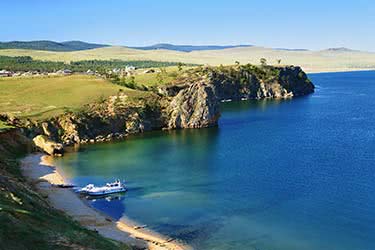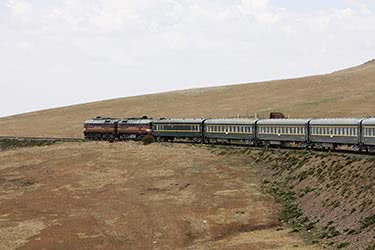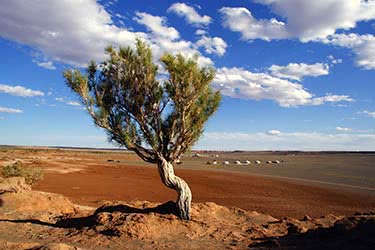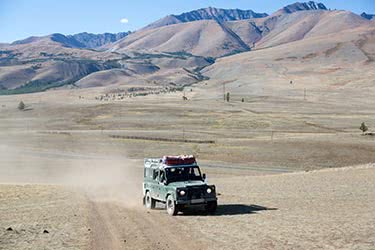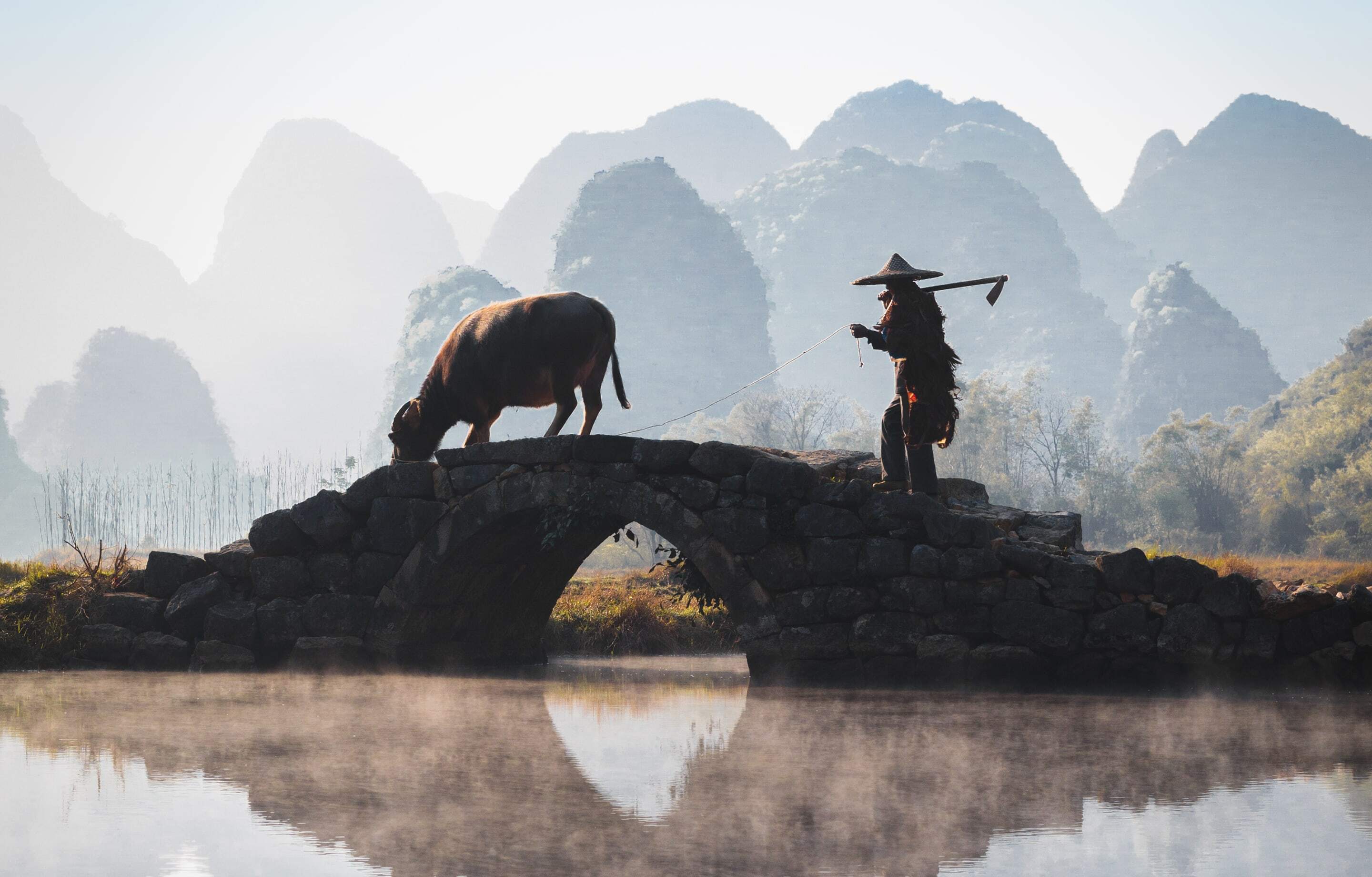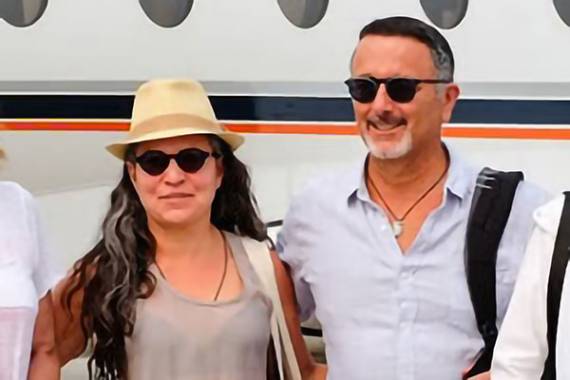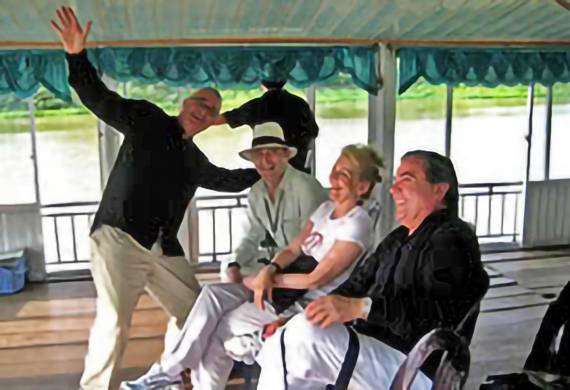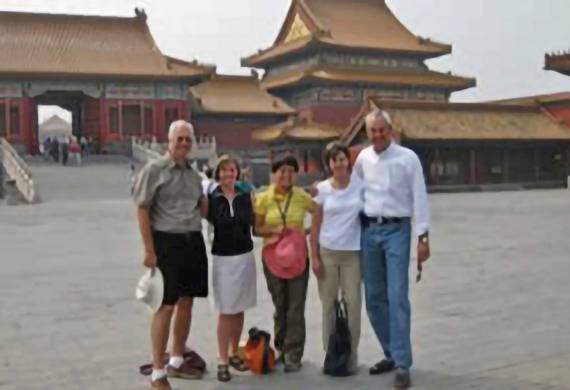Please note: Due to international sanctions, we are currently unable to accept bookings for Russia.
Adventure-seekers looking to get off the beaten path are in for a real treat with this two-week journey through Siberia, Western Mongolia and Northern China. Starting in Russia, you’ll venture through the vast Altai Mountains - a range shared between Siberia, Mongolia, China and Kazakhstan. Starting in Gorno-Altaisk, you'll head to Inegen via the Karakol Valley and spend a day at Mt. Belukha. From here, it's down to Kosh-Agach and across the border to Mongolia's Ölgii, followed by Altantsögts, Tsambagarav Mountain, Khovd and a ger camp on the Bulgan River. Crossing over into China, you'll reach Fuyun and explore Keketuohai National Park before finishing up your trip in the city of Urumqi. The trip allows time to see the traditions of local communities, and is perfect for those whose idea of a good time is to venture through rocky deserts and tackle towering mountains.
This itinerary is an example. It’s designed to inspire you and provide you with thoughtfully curated
ideas. You can choose to do this exact itinerary or completely personalize it. All trips are
100% bespoke.
